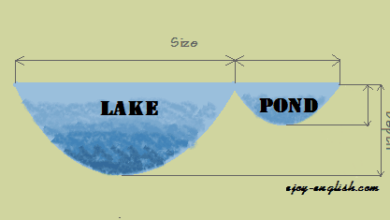Facts about orcas (killer whales)
Why are orcas called ‘killer whales’ when they are dolphins?
Dolphins and whales are closely related. Orcas were given the name ‘killer whale’ by ancient sailors’ observations of groups of orcas hunting and preying on larger whale species. They called orcas ballena asesina, or ‘killer whale.’ Their Latin name, Orcinus orca, also reflects this observation of orcas feeding on large whales. Orcinus translates to ‘of the kingdom of the dead,’ and orca refers to a kind of whale. We know that orcas are top predators, yes, but not the vicious ‘whale killers’ that the ancient mariners thought them to be. If you could give orcas another name, what would you call them?
What do orcas eat?
Looking at all populations, orcas are generalist eaters, consuming fish, seals and sea lions, dolphins and porpoises, sharks and rays, large whales, cephalopods (octopods and squids), seabirds and more. However, some orcas specialise on specific prey, and it turns out orcas are picky eaters! Once they’ve learned what their family eats, they aren’t likely to switch diets.
How do orcas sleep?
Orcas sleep in a very different way to humans. We have a breathing reflex and when we sleep or become unconscious, we continue to breath automatically. Orcas cannot sleep in this way, they have to remain conscious, even when they are sleeping! This is because their breathing is not automatic – they have to actively decide when to breath, and so they must be conscious even when sleeping. If like us, orcas went into a deep unconscious sleep, they would stop breathing and suffocate or drown.
To get around this, orcas only allow one half of their brains to sleep at a time; the other half stays alert enabling them to continue breathing whilst looking out for dangers in the environment. They only close one eye when they sleep; the left eye will be closed when the right half of the brain sleeps, and vice versa. This type of sleep is known as unihemispheric sleep as only one brain hemisphere sleeps at a time. Orcas periodically alternate which side is sleeping so that they can get the rest they need without ever losing consciousness. When sleeping, orcas swim very slowly and steadily, close to the surface.
How do orcas communicate?
In orca populations, knowledge is passed down to younger individuals from their elders – what to eat and were to find it, how to catch it, who to avoid, vocalisations and calls unique to pods and family groups, and the distinct ‘accent’ of the population. Having multiple prey items to choose from probably led to the niche specialisations we see today – millions of year ago, different groups started eating different things to avoid competing for the same food. Now these groups are genetically different, in addition to their unique appearance and cultures.




